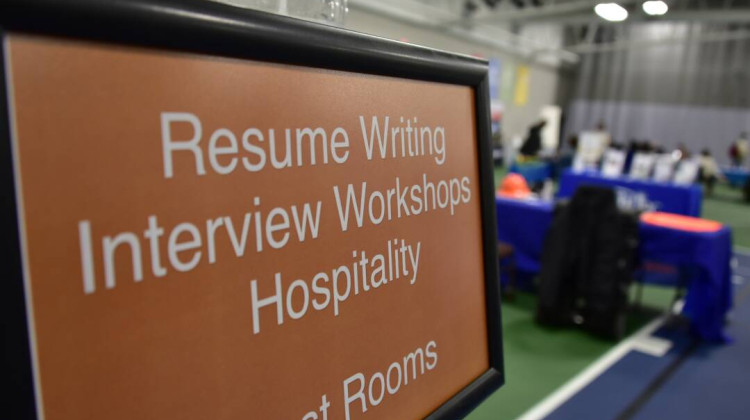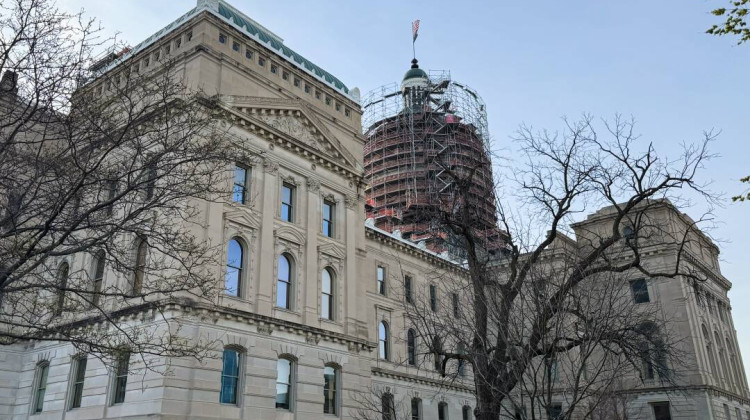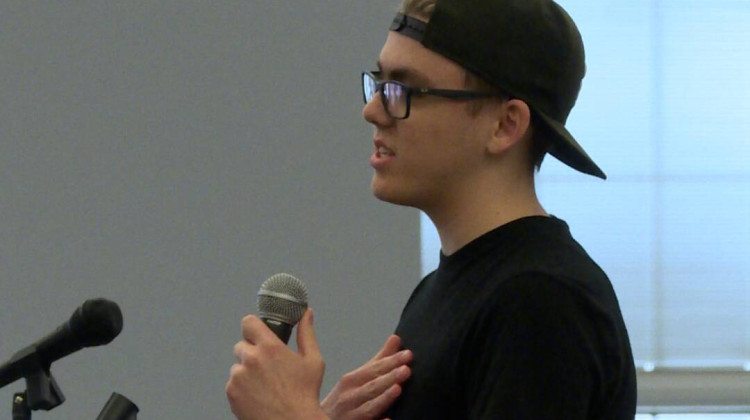What role does the Indiana Senate president pro tempore serve? It’s a question a member of our audience recently asked.
Speaker of the House and Senate president pro tempore are both elected by the members of each chamber — it’s why those leaders come from the majority party.
Their powers are very similar: They decide which committees bills get sent to. They both sign every piece of legislation that passes before it gets sent to the governor.
They also decide which members serve on which committees, as well as name committee chairs — though they generally let the minority party leaders decide which members of the minority caucuses get appointed to which committees.
The two roles differ a little, however, when it comes to presiding over their chambers — that is, controlling daily floor action.
Join the conversation and sign up for the Indiana Two-Way. Text "Indiana" to 765-275-1120. Your comments and questions in response to our weekly text help us find the answers you need on statewide issues, including our project Civically, Indiana and our 2024 legislative bill tracker.
In the House, that job is the speaker’s. In the Senate, the presiding officer is actually the president of the Senate (not the president pro tempore). And the president of the Senate is the lieutenant governor.
That said, when the lieutenant governor isn’t available, the president pro tempore does preside over the chamber. And presiding officers in both chambers have many of the same powers: calling on members to speak, ensuring decorum on the floor and deciding on rules challenges.
This story is a part of “Civically, Indiana” — a project to answer both the how and why of Indiana’s state government. To take part in the conversation or find stories like this, go to ipbs.org/CivicallyIndiana.
Brandon is our Statehouse bureau chief. Contact him at bsmith@ipbs.org or follow him on Twitter at @brandonjsmith5.
 DONATE
DONATE







 Support WFYI. We can't do it without you.
Support WFYI. We can't do it without you.